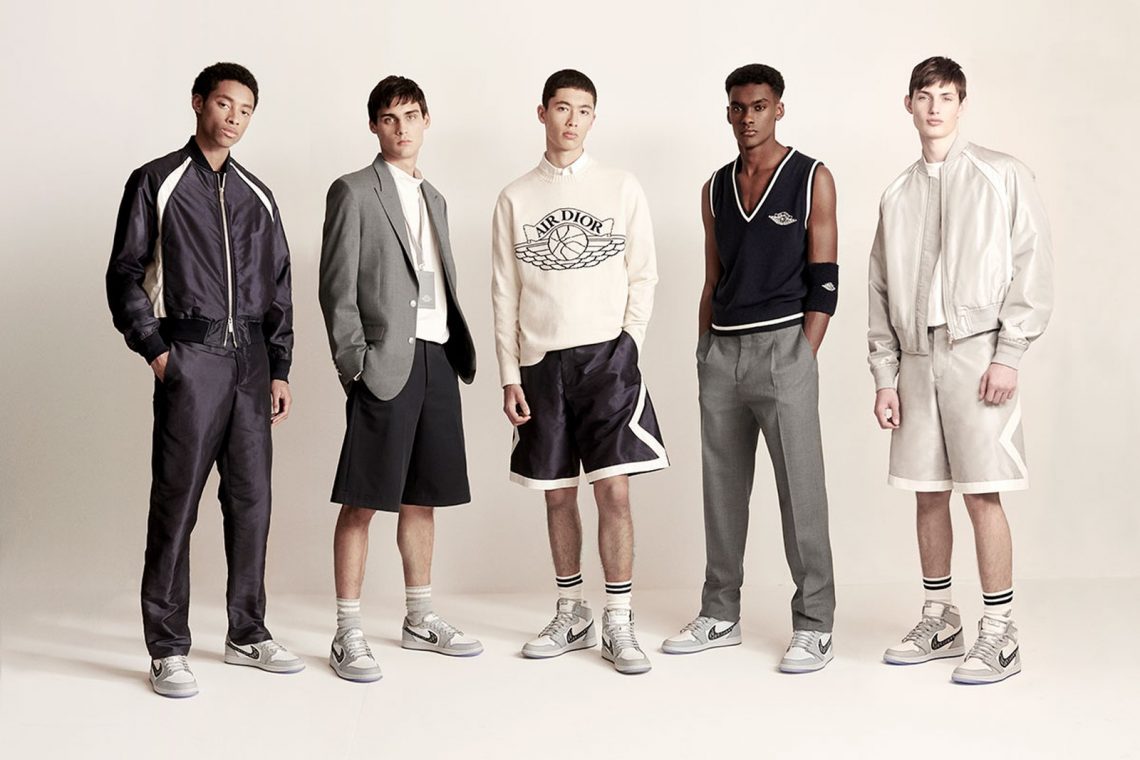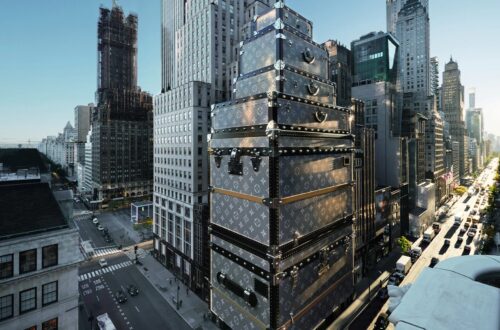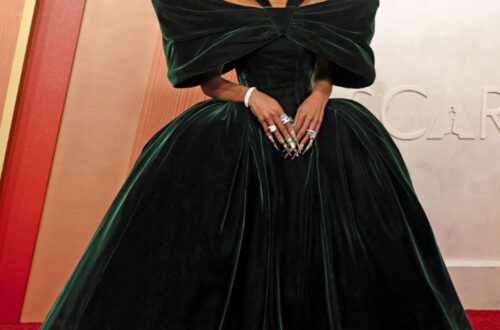Streetwear is not a brand-new style – it has actually been around for four decades now. Nonetheless, only a few years ago this humble aesthetic entered the higher levels of fashion, imposing itself as a force to be reckoned with. Thus, a question arises spontaneously: how what began as a subversive movement succeeded in influencing the whole fashion industry, from the high-street to the luxury market?
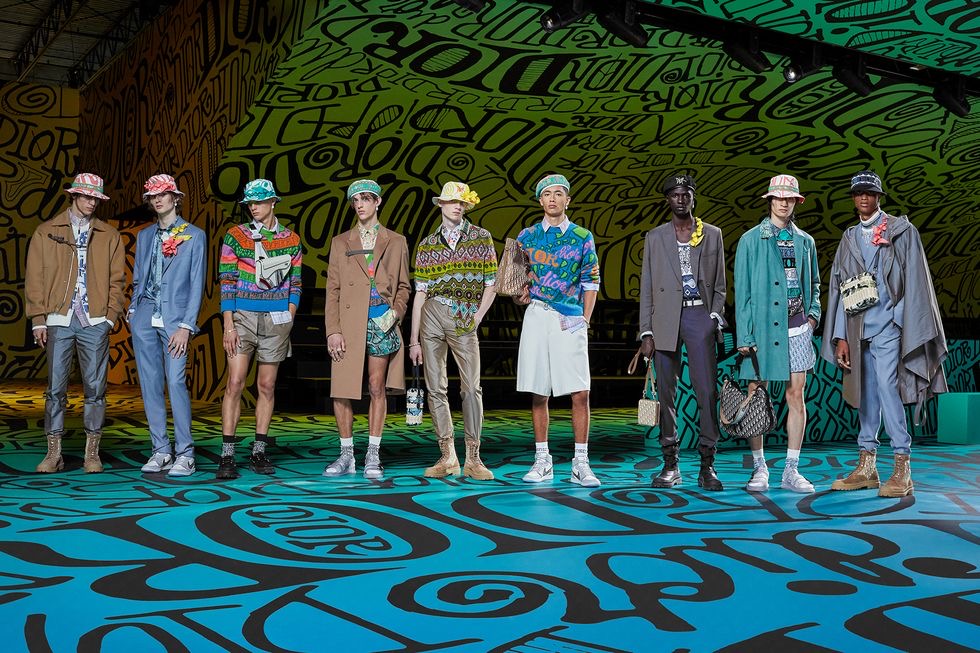
Simply put, streetwear consists in fashionable casual clothes: T-shirts, hoodies, jeans and sneakers. However, this definition of streetwear minimizes a model that upset the traditional fashion system by redefining its main concept: exclusivity. While luxury brands derive their exclusivity from a long-lasting quality and high prices, streetwear’s exclusivity is based on ‘know-how’ – it is impossible to acquire, unless you belong to a specific subculture. In particular, especially at the early stages of streetwear, very few consumers knew what to buy and even fewer knew where to buy it.
What was once a subcultural trend found what the fashion industry was looking for: a fresh take. Streetwear gives birth to a ‘cult-like’ relationship with its customers and improves the direct-to-consumer framework that the luxury world had been desperate to achieve. A lot of streetwear products can indeed be bought only via the ‘drops model’: buyers rally to be the first to obtain items that are released at a specific place and time. This model, which leverages limited production to boost demand, has resulted in a flourishing secondhand market that is complementary to how streetwear works, as it represents a benchmark for a brand’s success: the more valuable a product is, the higher its reselling price.
The fashion industry used to rely on a top-down model since industry insiders acted as gatekeepers to the newest trends. But now streetwear turned this model upside down, presenting a more democratic formula in which the consumer has much more power in establishing what is popular.
Beyond any doubt, streetwear has evolved over generations, and what started as something that was equated with cheap and easily accessible clothing for everyone is now turning into the exact opposite. The underlying reason for this change is the integration of street style with luxury brands. Sportswear and luxury first collided in 1998 thanks to Jil Sander, the earliest fashion brand to invite a sportswear firm, Adidas, to work on a project together. Back in 2017, Louis Vuitton loudly embraced the streetwear movement through its capsule collection with the skater culture emblem, New York’s Supreme. The iconic red color decorated both monogrammed items and the brand’s flagship floor: it resulted in a sold-out effect, on sale just for one day.
Dior’s artistic director, Kim Jones, is no stranger to bringing streetwear to the catwalk either, with its Air Dior collection in collaboration with Jordan Brand. Dior Fall 2020 was also characterised by psychedelic colours, prints and flowers inspired by the typically Californian Stüssy style.
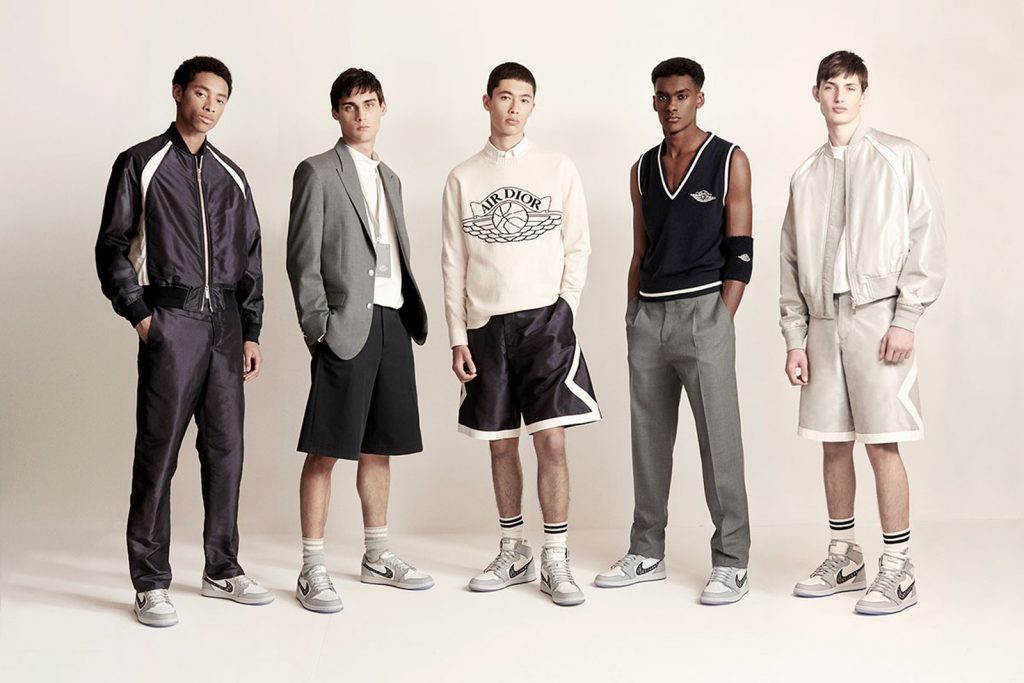
Now take for instance Off-White’s success. It can be traced back to the well-designed, Italian-made sneakers, hoodies, and jackets commanded by Virgil Abloh’s attentive eye. However, two are the key elements that contributed the most to Off-White’s growth: engaging fans on social media and a mindful cultivation of the brand’s target consumer, Gen Z. Virgil Abloh indeed capitalizes on that through creative posts that stand out on the scroll. His posts speak the millennial language, revealing a relatable and aspirational presence. He does not only work on his clothing, but also on the actual lifestyle that goes with it.
One can therefore infer that luxury brands are trying to embrace the change in spending habits and striving to attract a younger and more diverse customer base. This movement reflects the everlasting desire for innovation, and now that streetwear has gone high-end, millennials are gravitating towards this trend because of its effect on their perceived social status: they are constantly looking for something new to show off on their Instagram profile.
Naturally, some boundaries still exist between streetwear and luxury brands. High fashion companies draw on the oversized shapes of streetwear and remake them in hyper-luxe fabrics, while streetwear brands parody designer logos. There is some implicit haughtiness on both sides: streetwear mocks the snobbery of luxury brands while designer labels use valuable fabrics and inspirational strategies to elevate their products.
By Erica Balbinot

